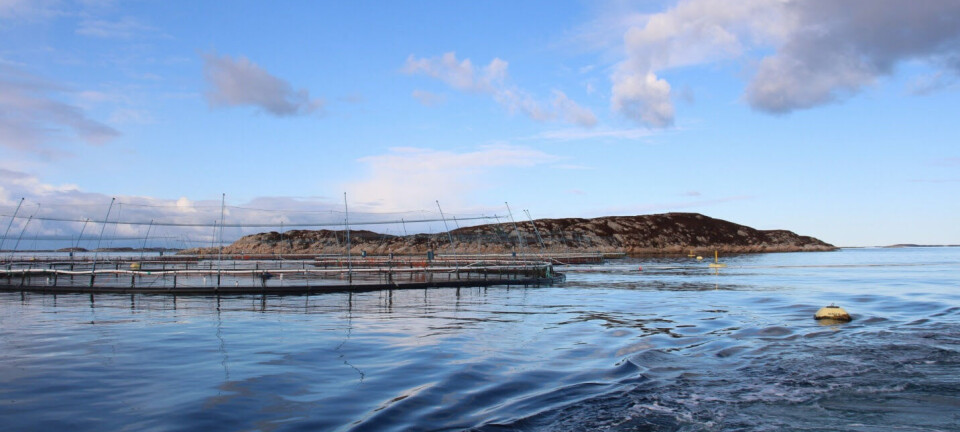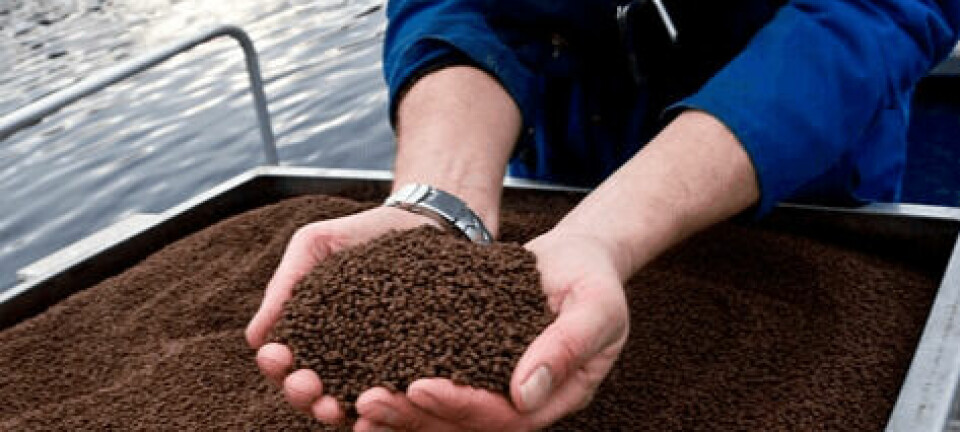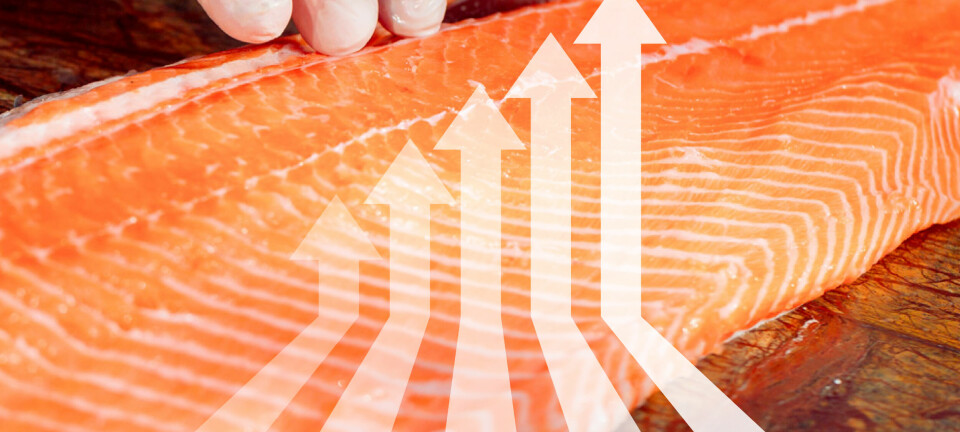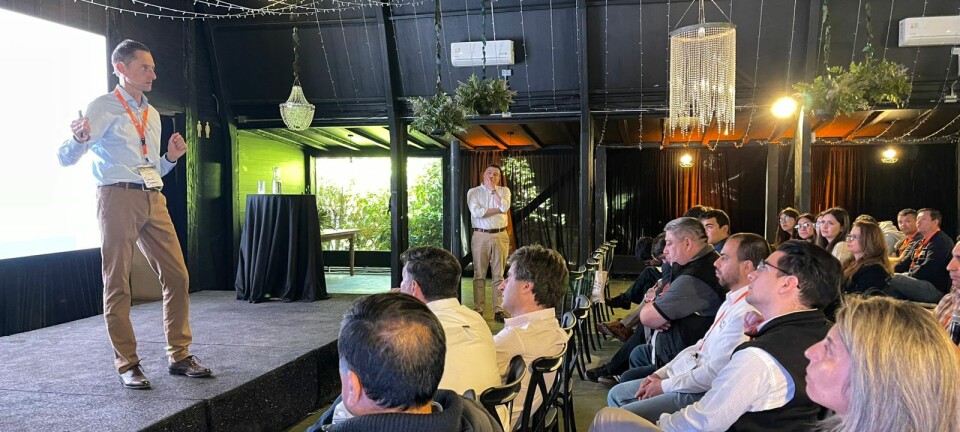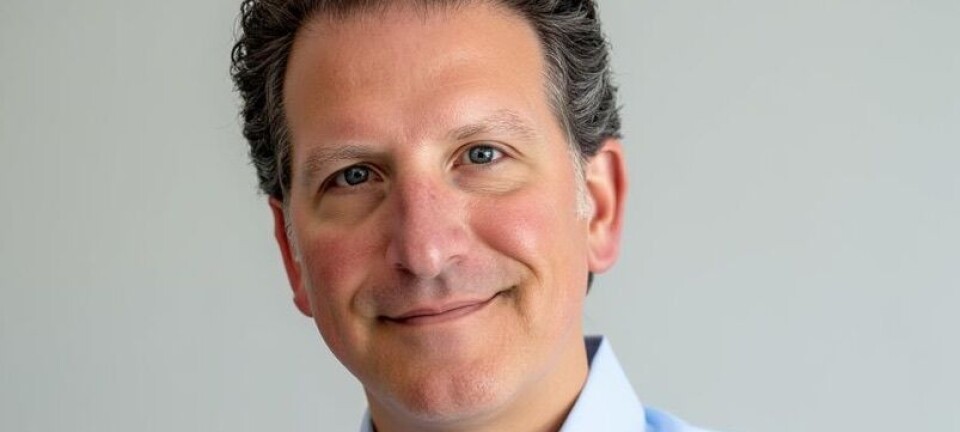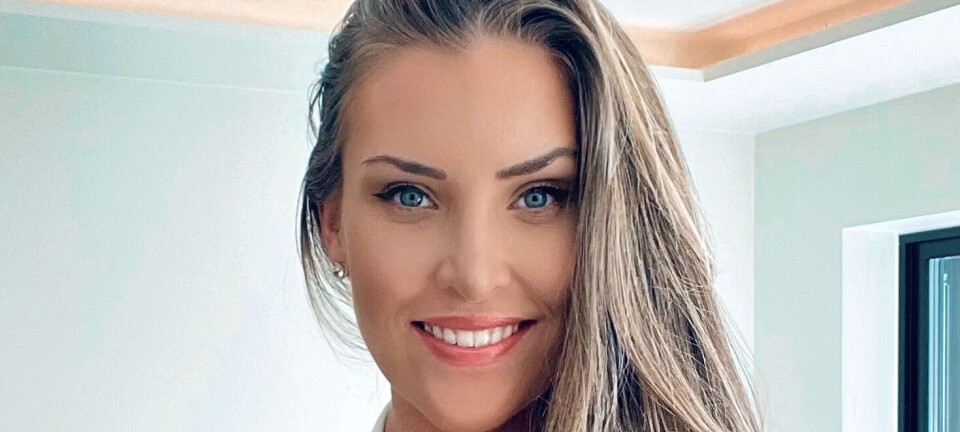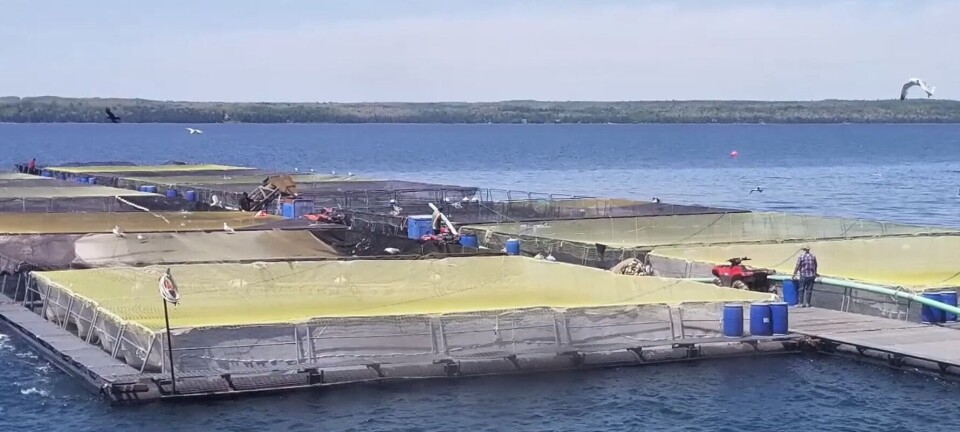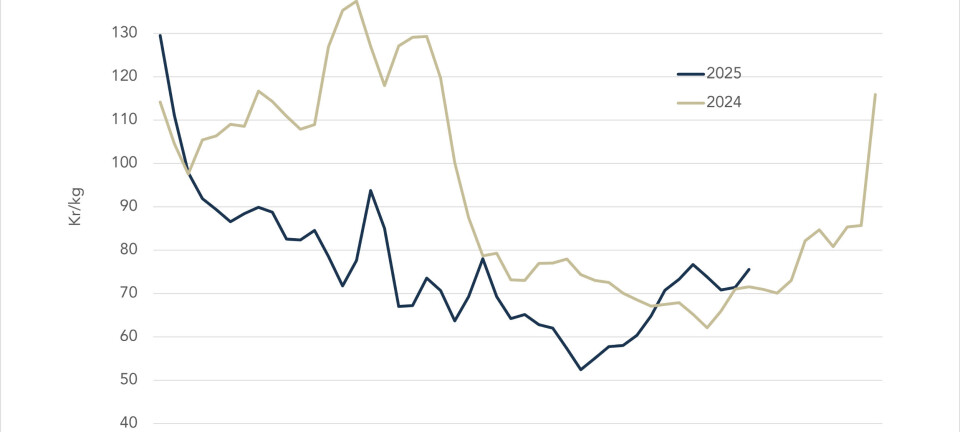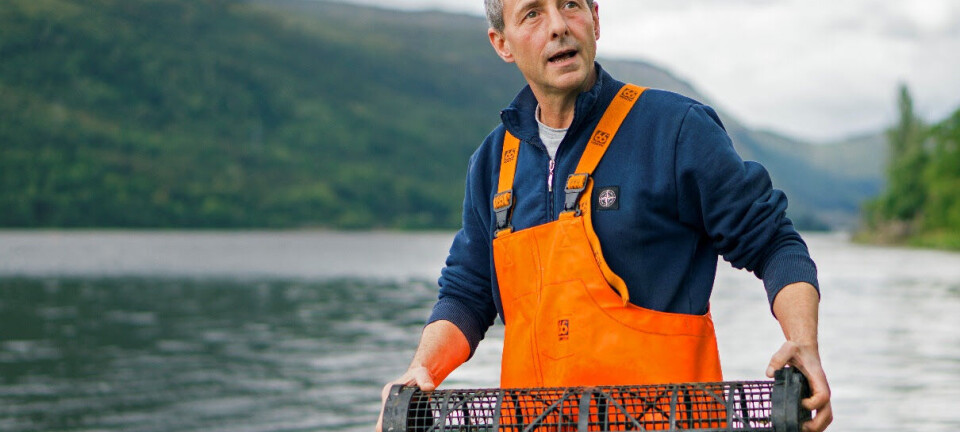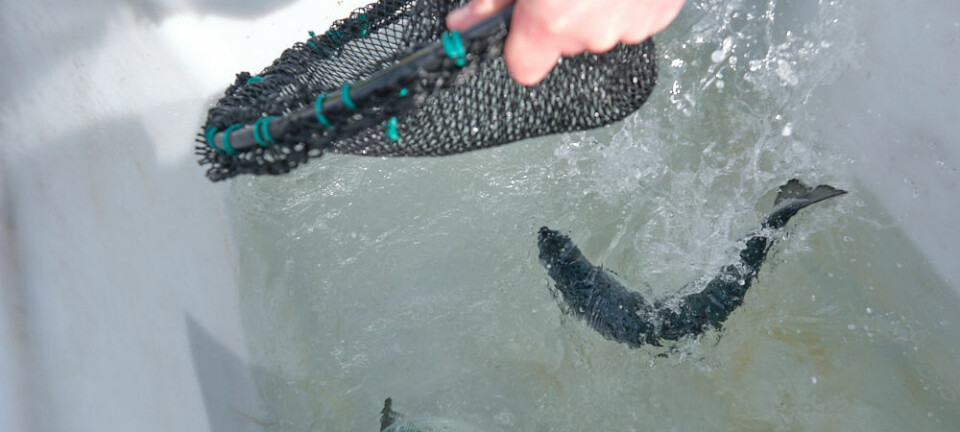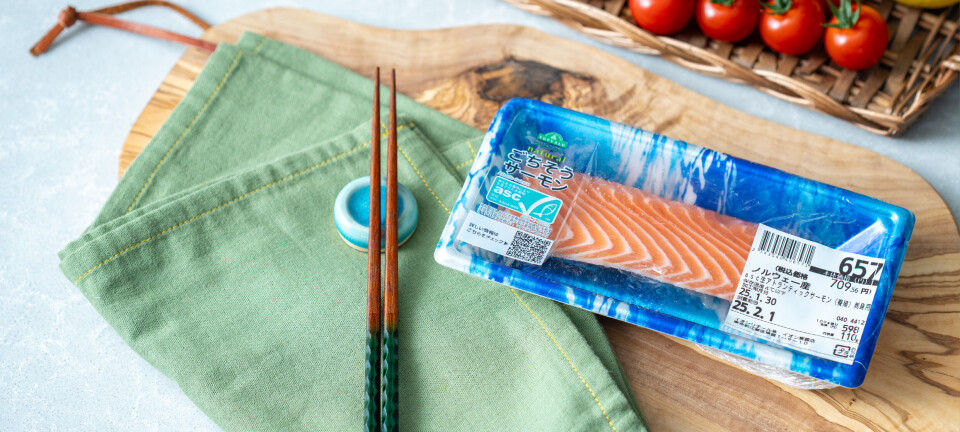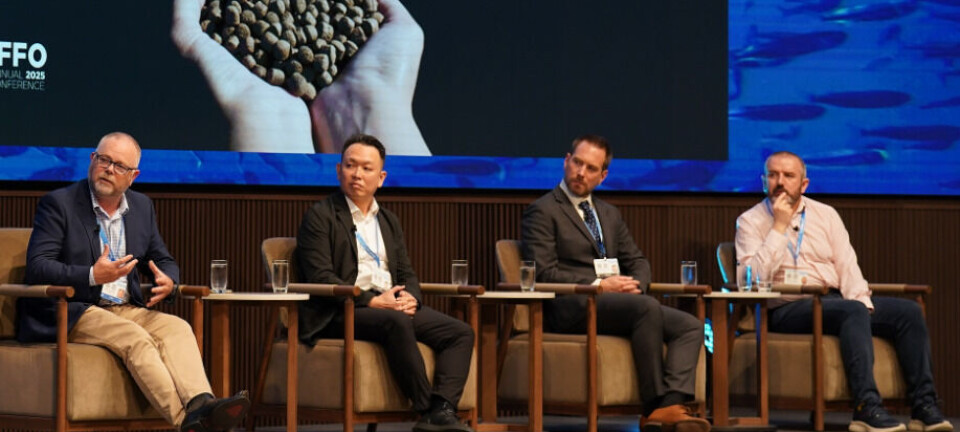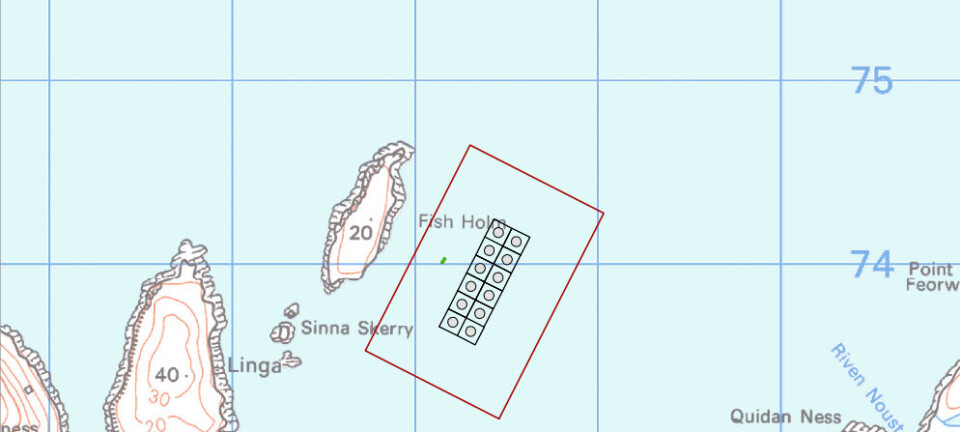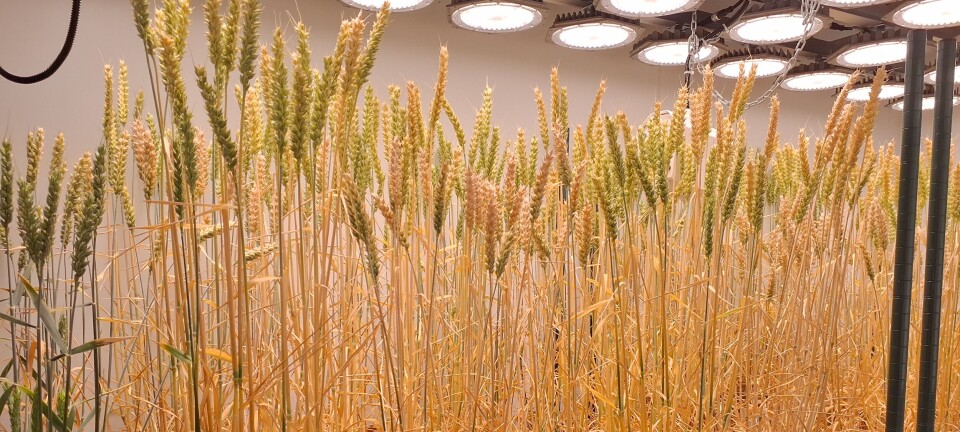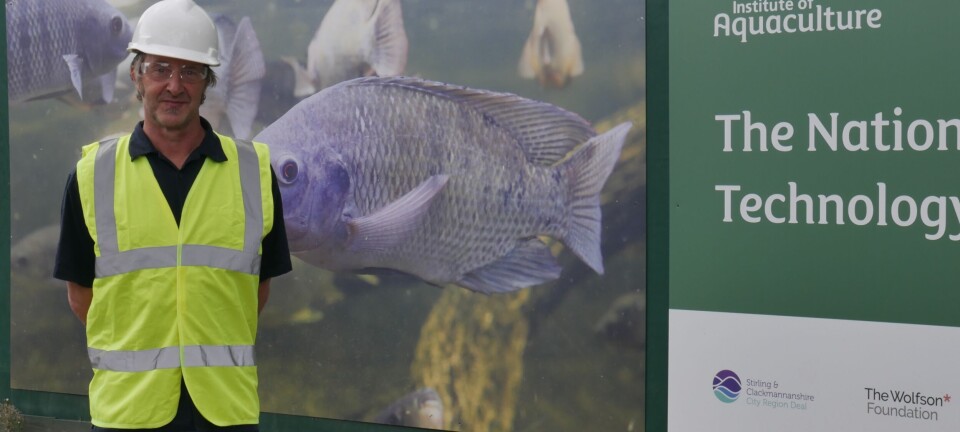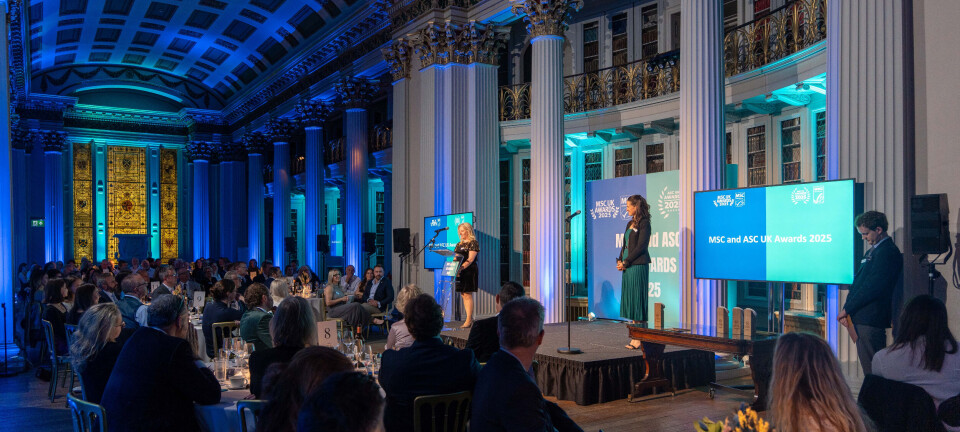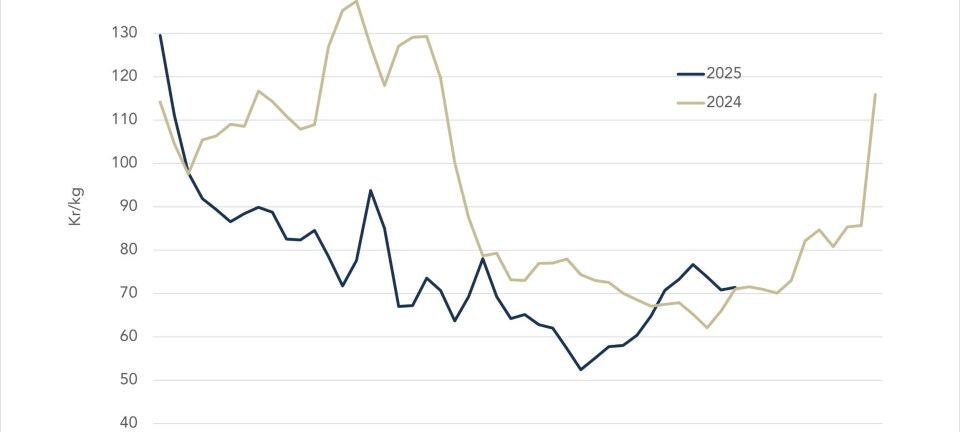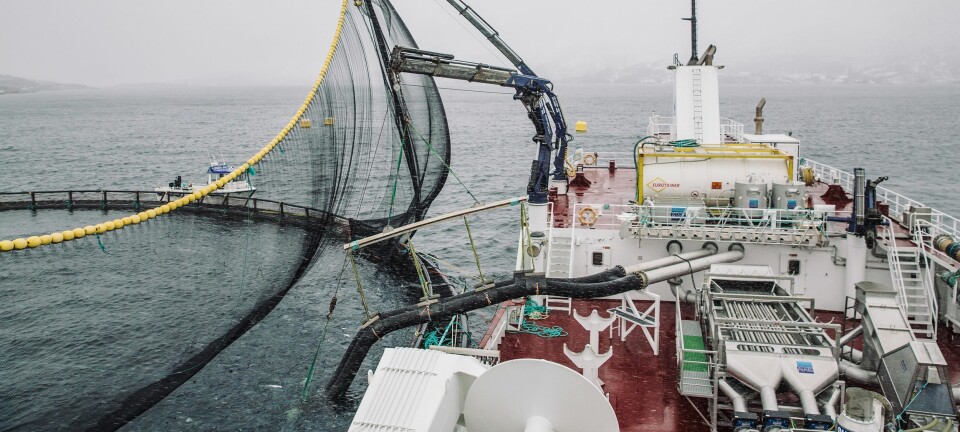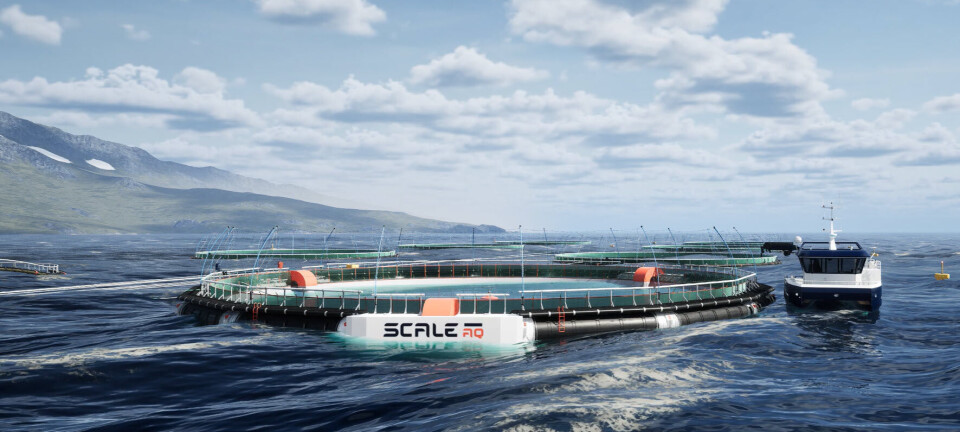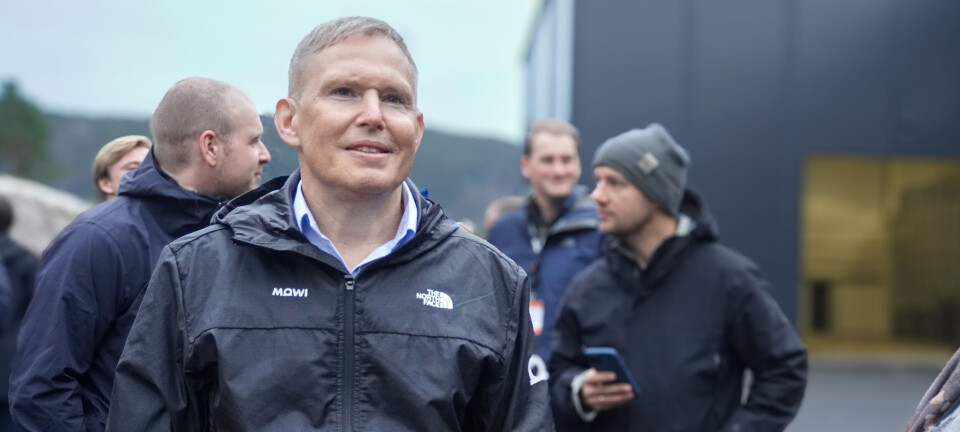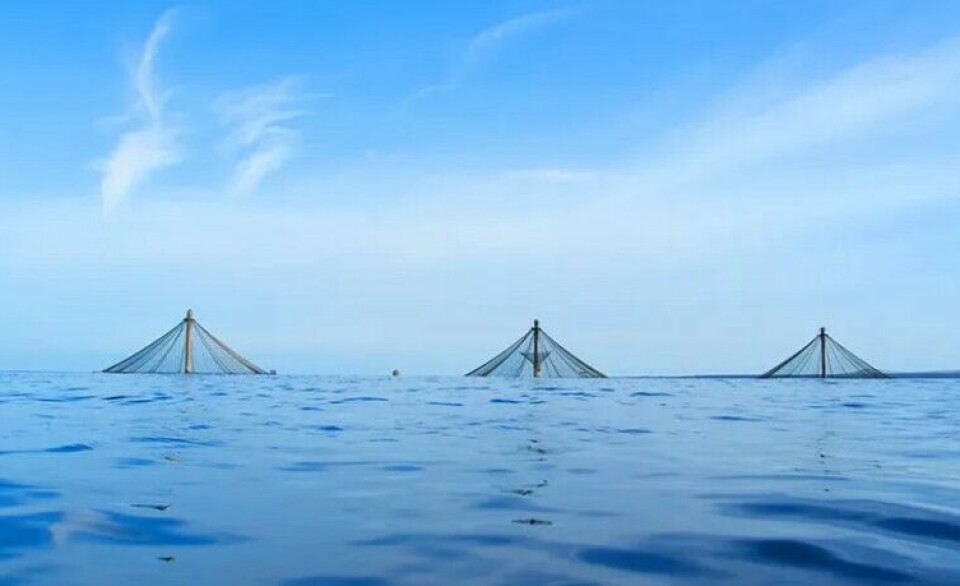
US lobby group urges Congress to fund work to build offshore permitting process
$42 million would be money well spent, says SATS president
A lobby group promoting offshore fish farming in the United States has asked members of the House of Representatives to allocate US $42 million (£31.8m) to support aquaculture development and grant programmes.
Stronger America Through Seafood (SATS) made the request to a subcommittee of the Committee on Appropriations, which allocates much of government spending.
SATS wants politicians to allocate $19m for the National Oceanic and Atmospheric Administration (NOAA) Office of Aquaculture and $5m to the Aquaculture Cooperative Institute within NOAA’s National Marine Fisheries Service (NMFS).
It also requests robust funding for the National Centres for Coastal and Ocean Science within NOAA’s National Ocean Service, and $18m in funding for NOAA’s Sea Grant Aquaculture Research programme.
No clear pathway
In a letter to Hal Rogers (Republican, Kentucky), chair of the Subcommittee on Commerce, Justice, Science and Related Agencies, and subcommittee member Grace Meng (Democrat, New York), SATS president Chris Stock explains that the US currently ranks only 18th in aquaculture production globally.
“The single biggest reason is the lack of a clear regulatory pathway for permitting new projects, particularly offshore in open ocean waters. This challenging reality has forced many American businesses to invest in other countries,” writes Stock, vice president sales and marketing, seafood, for US sustainable aquaculture holding company Cuna del Mar.
“The expansion of aquaculture in US federal waters presents a unique opportunity to build an American seafood industry that can support working waterfronts with infrastructure investments and jobs, enhance sustainable ecosystems and guarantee healthful, locally sourced protein for American consumers.”
Coordinating agencies
Stock points out that NMFS’s Aquaculture Programme continues to actively coordinate across agencies towards a comprehensive regulatory foundation for aquaculture.
This process includes siting analysis for future Aquaculture Opportunity Areas (AOAs) in federal waters, interagency coordination on National Environmental Protection Act (NEPA) review and Environmental Impact Statements (EIS), development of science-based tools and modelling, and associated economic development programmes like workforce training and community planning that will ensure the economic benefits of aquaculture are realised across all stakeholder groups.
He adds that the Fiscal Year 2024 CJS (Commerce, Justice, Science) Appropriations bill provided for a new Cooperative Institute (CI) to support the sustainable development of aquaculture in the US to address the seafood import deficit and benefit the economy.
Fulfilling the plan
“The CI will help the agency fulfil the tenets of the NOAA Aquaculture Strategic Plan. We strongly support the launch of the CI in 2025 without delay,” writes the SATS president.
“We believe a funding level of $19m for the Office of Aquaculture and $5m for the CI will adequately support the sustainable development of aquaculture in the US, address the seafood import deficit, and benefit the economy.
“In addition, we fully support the work of the NCCOS for its role in the development of the AOAs and the coastal planning tools it offers to assist managers, planners, and industry with sustainable aquaculture development.”
The Sea Grant Aquaculture Research programme should receive $18m, writes Stock.
Critical work
“SATS supports this programme for its critical work to develop and commercialise new technologies for finfish aquaculture and to engineer ocean-based infrastructure. Sea Grant conducts research and provides technical assistance and outreach to aquaculture producers, resource managers, scientists, and consumers to ensure the safety and quality of sustainably cultured seafood products.
“We believe this programme makes critical progress in helping achieve the goals laid out in the President’s recent Executive Order on Restoring American Seafood Competitiveness.
“We also support adequate staffing at NOAA, which is currently under a hiring freeze. With the agency’s staff currently down 30% due to vacancies and retirements, ensuring these positions are filled is essential to the development of a stronger American seafood industry.”
SATS’ board of directors includes representatives from JBS Foods, USA, a subsidiary of Brazilian food giant JBS that owns Tasmanian salmon farmer Huon Aquaculture; High Liner Foods; aquafeed producer Cargill; Hawaii offshore fish farmer Blue Ocean Mariculture; and aquaculture equipment supplier Innovasea. Blue Ocean Mariculture and Innovasea are both within the Cuna del Mar portfolio.







